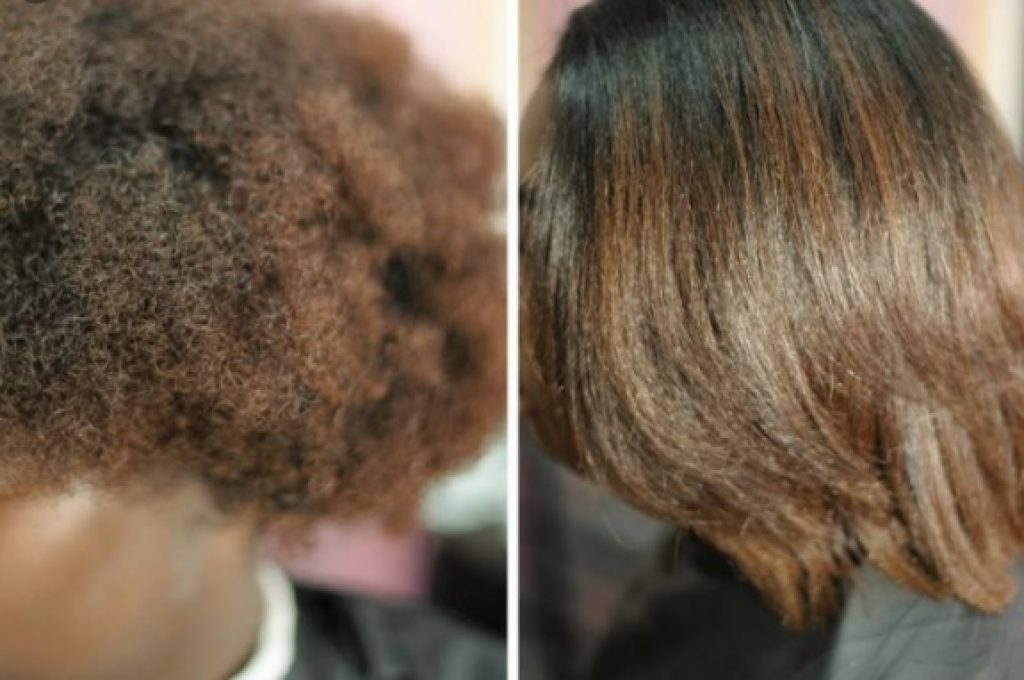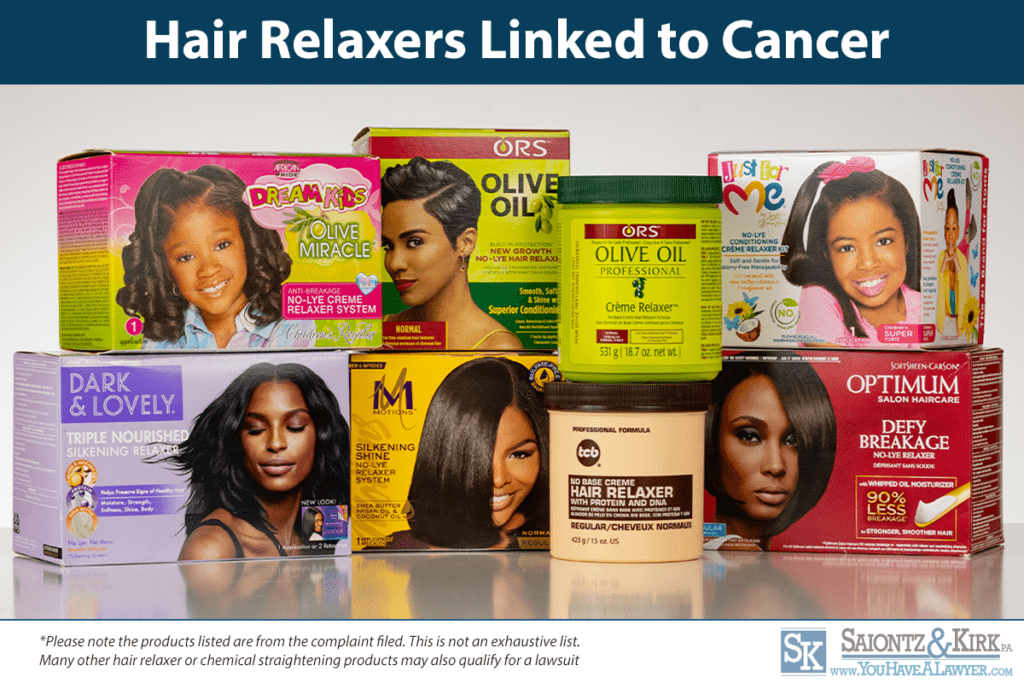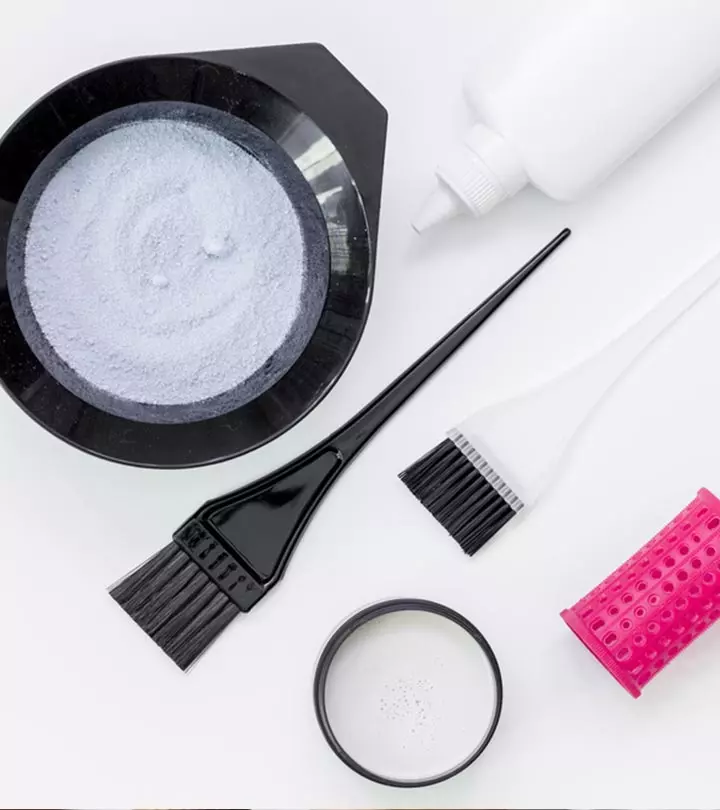Do Hair Relaxers Expire: A Comprehensive Guide to Product Longevity and Efficacy

The transformation of hair texture through chemical relaxers represents a significant aspect of hair care for many individuals. These powerful formulations, designed to permanently alter the hair’s natural curl pattern, offer a sleek, straight finish. However, a critical question often arises regarding the shelf life and continued viability of these products: do hair relaxers expire? The definitive answer is yes, and understanding the underlying reasons for this expiration is paramount for ensuring both the safety of the user and the efficacy of the treatment. The chemical integrity of relaxers is not indefinite, and their performance, as well as the potential for adverse reactions, is directly linked to their freshness and proper storage.
The Science Behind Hair Relaxers
To comprehend why these products have a finite lifespan, it is essential to first understand their fundamental composition and mechanism of action. Hair relaxers are potent chemical solutions, primarily categorized as either lye (sodium hydroxide) or no-lye (calcium hydroxide, guanidine hydroxide) formulations. Regardless of the specific active ingredient, their core function involves penetrating the hair shaft and breaking down the disulfide bonds that give hair its natural curl and structure. This chemical alteration allows the hair to be reshaped into a straighter form.
The process is a delicate balance of chemical reactions. The highly alkaline nature of relaxers causes the hair cuticle to swell, permitting the active chemicals to access the cortex where the disulfide bonds reside. Once these bonds are sufficiently broken, the hair can be physically straightened, and then the process is halted, typically by a neutralizing shampoo that restores the hair’s pH. The success of this intricate chemical process hinges entirely on the stability and potency of the active ingredients within the relaxer formulation.
Why Hair Relaxers Degrade
The expiration of hair relaxers is not a mere suggestion but a scientific reality rooted in the inherent instability of their chemical components. Several factors contribute to the degradation of these products over time, diminishing their effectiveness and increasing the risk of undesirable outcomes.
Chemical Instability and Oxidation: The active ingredients in hair relaxers, particularly the strong alkaline compounds, are not designed for indefinite stability. Upon exposure to air, a process known as oxidation begins. Oxygen molecules react with the chemicals in the relaxer, causing them to break down into different, often less potent or entirely inactive, compounds. This chemical transformation directly reduces the relaxer’s ability to effectively break disulfide bonds in the hair.
Hydrolysis: Water, even in trace amounts, can initiate hydrolysis, a chemical reaction where water molecules react with other compounds, leading to their breakdown. While relaxers are formulated to be stable, prolonged exposure to humidity or moisture, or even the inherent water content within the product, can slowly contribute to the degradation of active ingredients over time.
Temperature Fluctuations: Extreme temperatures, both hot and cold, can significantly accelerate chemical degradation. High heat can cause active ingredients to break down more rapidly, while freezing and thawing can alter the physical structure of the product, leading to separation of components or changes in consistency. Maintaining a stable, moderate storage temperature is crucial for preserving product integrity.
Light Exposure: Direct sunlight and even prolonged exposure to artificial light can contribute to the breakdown of sensitive chemical compounds within the relaxer. Ultraviolet (UV) radiation, in particular, acts as a catalyst for various chemical reactions, further hastening the product’s decline.
Contamination: Once a product is opened, it becomes susceptible to external contamination. Bacteria, fungi, or other microorganisms introduced from the environment or through improper handling can proliferate within the relaxer. These contaminants can chemically alter the formulation, leading to spoilage, changes in pH, and a loss of efficacy, alongside potential health risks.
Loss of Potency and pH Shift: As the active ingredients degrade, their concentration diminishes, leading to a direct loss of potency. A relaxer that has lost its strength will not effectively straighten hair, resulting in under-processed, uneven, or unsatisfactory results. Furthermore, the carefully balanced pH of a relaxer is critical for its function. Over time, or due to degradation, the pH can shift. A relaxer that becomes less alkaline may be ineffective, while one whose pH drifts significantly can become unpredictably harsh, increasing the risk of hair damage or scalp irritation.
Emulsification Breakdown: Many relaxers are emulsions, meaning they contain a mixture of oil and water-based ingredients that are held together by emulsifiers. Over time, or due to improper storage, these emulsions can break down, causing the components to separate. This separation results in an inconsistent texture, making the product difficult to apply evenly and leading to unpredictable and potentially damaging results.
Consequences of Using Expired Relaxers
The decision to use a hair relaxer past its recommended shelf life carries significant risks, ranging from ineffective results to severe hair and scalp damage. An expired relaxer, having undergone chemical degradation, will no longer perform as intended.
Firstly, ineffectiveness is a primary concern. The diminished potency of the active ingredients means the relaxer may not adequately break the disulfide bonds in the hair. This can lead to uneven straightening, areas of under-processed hair, or a complete failure to achieve the desired smooth, straight texture. The time and effort invested in the process become futile.
Secondly, the risk of hair damage dramatically increases. While an expired relaxer might be less effective at straightening, its altered chemical composition can still be detrimental. The pH balance may be compromised, leading to an unpredictable and potentially aggressive reaction with the hair. This can manifest as excessive dryness, brittleness, breakage, and even chemical burns to the hair shaft, leaving the hair in a significantly worse condition than before the treatment.
Thirdly, scalp irritation and chemical burns are serious potential consequences. The skin on the scalp is sensitive, and an expired relaxer with an altered pH or degraded components can cause severe irritation, redness, itching, and even chemical burns. These reactions can be painful and may require medical attention.
Finally, the use of expired products leads to unpredictable outcomes. The precise science behind hair relaxing relies on consistent chemical reactions. When a product’s chemistry is compromised, the outcome becomes a gamble, making it impossible to anticipate how the hair or scalp will react. This unpredictability undermines the entire purpose of a controlled chemical treatment.
Identifying Expiration
Identifying whether a hair relaxer has expired involves checking for specific indicators provided by the manufacturer and observing any changes in the product itself. The most reliable method is to locate the manufacturing date, expiration date, or Period After Opening (PAO) symbol on the packaging. The PAO symbol, represented by an open jar icon with a number followed by ‘M’ (e.g., ’12M’), indicates the number of months the product is safe to use after it has been opened. Even if an unopened product has not reached its printed expiration date, once opened, the PAO guideline takes precedence due to exposure to air and potential contamination.
Beyond printed dates, sensory cues can also signal degradation. Any noticeable change in the relaxer’s color, smell, or texture should be a red flag. A product that has separated, become lumpy, watery, or developed an unusual odor is likely compromised and should not be used. While some degradation might not be visibly apparent, these physical changes are clear indicators of chemical instability.
Importance of Adhering to Expiration
Adhering to the expiration guidelines for hair relaxers is not merely a recommendation; it is a critical practice for ensuring the safety and success of chemical hair treatments. The integrity of the product directly impacts the health of the hair and scalp. By respecting expiration dates and PAO symbols, individuals protect themselves from the severe risks associated with compromised chemical formulations, including hair damage, scalp irritation, and unpredictable results.
Furthermore, using fresh, potent products ensures that the desired hair transformation is achieved effectively and consistently. This commitment to product freshness maintains the quality of the treatment, preserves the health of the hair, and ultimately delivers the anticipated aesthetic outcome. For professional stylists, this adherence also upholds ethical standards and client safety.
FAQs by Do Hair Relaxers Expire
Is there a universal expiration period for all relaxers?
No, the expiration period for hair relaxers is not universal. It varies significantly based on the specific formulation, active ingredients, and manufacturing processes. Manufacturers provide specific expiration dates or Period After Opening (PAO) symbols on their packaging, which must be consulted for accurate guidance.
Can a relaxer still be effective past its printed date?
While a relaxer might appear visually unchanged past its printed expiration date, its chemical potency is highly likely to be compromised. The Short Medium Bob Hairstyles A Comprehensive Guide To This Enduring Style active ingredients degrade over time, diminishing the product’s ability to effectively straighten hair. Using such a product carries a high risk of ineffective results and potential hair damage, even if some residual activity remains.
What happens if a relaxer looks normal but is expired?
Degradation of a relaxer’s active ingredients can occur at a molecular level without immediately visible changes in appearance, smell, or texture. Internal chemical shifts, such as a change in pH or a reduction in the concentration of active compounds, can render the product ineffective or unpredictably harsh, even if it appears normal. Relying solely on sensory cues is insufficient.
Does refrigeration extend a relaxer’s life?
Refrigeration is generally not recommended for extending the life of hair relaxers. Extreme cold, like extreme heat, can alter the product’s chemical stability and physical consistency, leading to separation of ingredients or changes in efficacy. Most relaxers are formulated for stable storage at room temperature, away from direct light and humidity.
Should an opened relaxer be used after a long time?
An opened relaxer should not be used after a long period, even if it has not reached its printed expiration date. The Period After Opening (PAO) symbol indicates the maximum safe usage time once the product has been exposed to air and potential contaminants. Adhering to the PAO is crucial for maintaining product integrity and preventing adverse reactions.
Tips by Do Hair Relaxers Expire
- Always check manufacturing and expiration dates: Prioritize Short Bob Hairstyles With Bangs For Fine Hair A Comprehensive Guide To Enhancing Delicate Tresses the dates printed on the packaging. These provide the most accurate information regarding the product’s intended shelf life.
- Adhere strictly to Period After Opening (PAO) symbols: Once a relaxer is opened, the PAO symbol (e.g., ‘6M’ for 6 months) dictates the maximum safe usage period, regardless of the printed expiration date.
- Store products in cool, dark places: Keep relaxers away from direct sunlight, windows, and sources of heat or extreme cold. A stable, moderate room Short Hairstyles For Fat Faces Over Enhancing Mature Beauty temperature is ideal for preserving chemical stability.
- Keep containers tightly sealed: After each use, ensure the relaxer container is securely closed to minimize exposure to air and prevent oxidation and contamination.
- Avoid cross-contamination: Use clean, dedicated tools for dispensing and mixing relaxer products. Never return unused product to the original container.
- Dispose of products showing signs of degradation: Any changes in color, smell, texture, or consistency are strong indicators of spoilage. Discard such products immediately to prevent potential harm.
Conclusion by Do Hair Relaxers Expire
The question of whether hair relaxers expire is unequivocally answered by the scientific principles governing chemical stability and product degradation. These powerful formulations, designed for significant hair transformation, possess a finite lifespan during which their chemical integrity, potency, and safety are guaranteed. Beyond this period, the active ingredients break down due to factors such as oxidation, hydrolysis, and environmental exposure, leading to a diminished capacity to perform their intended function. The consequences of using compromised products range from ineffective straightening and unpredictable results to severe hair damage and scalp irritation. Therefore, understanding and strictly adhering to expiration dates and Period After Opening guidelines is not merely a recommendation but a fundamental practice for anyone utilizing chemical relaxers. This diligence ensures the preservation of hair health, the successful achievement of desired aesthetic outcomes, and the overall safety of the chemical treatment process.







More suggestion: What Hair Gel Does Pauly D Use An In Depth Analysis Of Iconic Styling Products